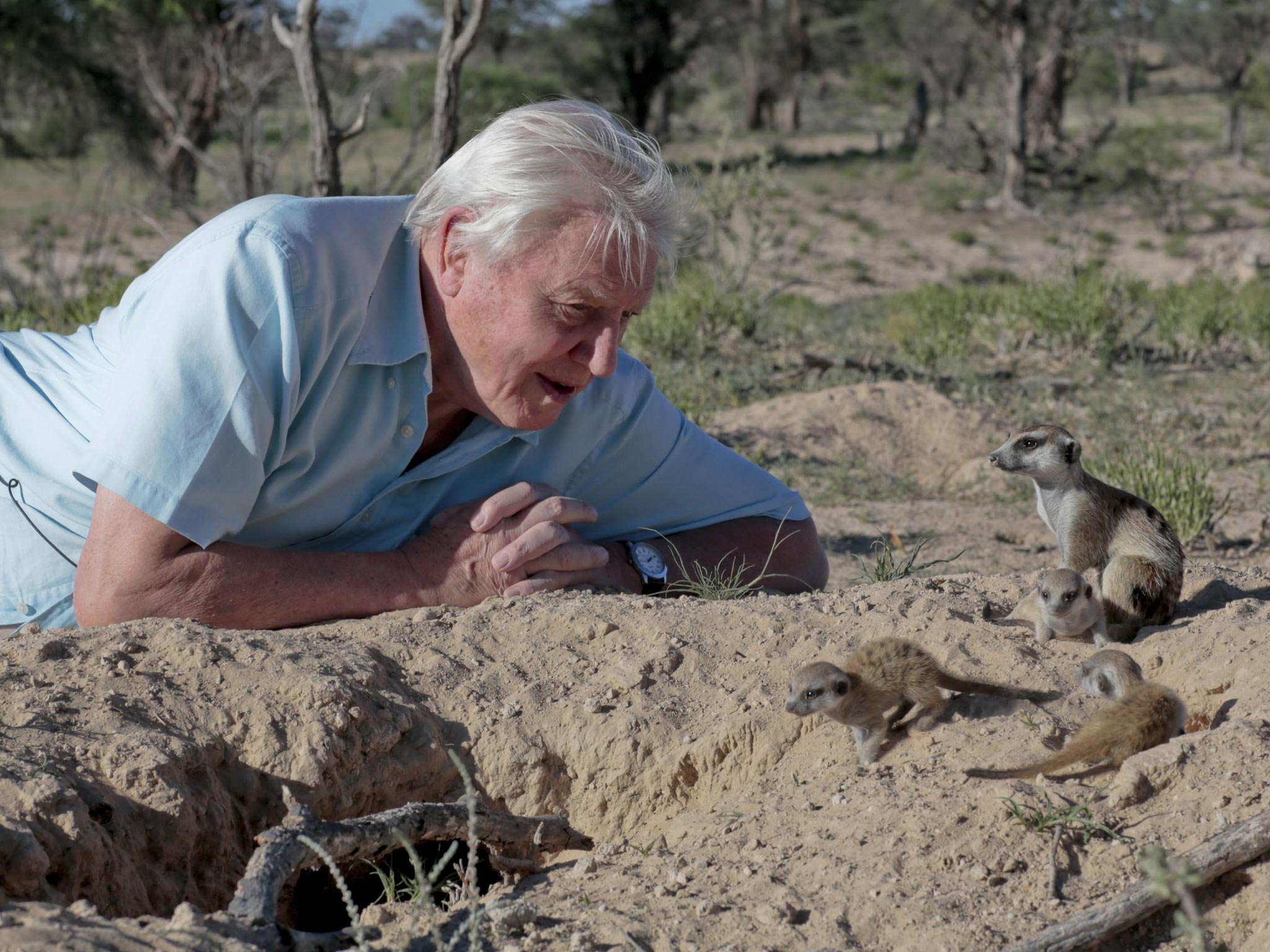Life Story, TV review: David Attenborough's close encounters of the furred kind bring a tear to the eye

"Good luck to you," whispered David Attenborough over the heads of some baby meerkats. It was a sort of naturalist's baptism prayer as they started out on a difficult journey: "Just as each one of our stories is unique to ourselves, so each of these animals will have its own," he explained. Attenborough's paternal concern brought a tear to the eye and that was only five minutes into Life Story, the new six-part series from the BBC's Natural History Unit.
Meerkats have it easy compared to newly hatched barnacle geese in Greenland. The parents nest atop a huge tower of rock to protect their young from predators, which means these two-day-old goslings must skydive before they can fly, in order to reach their feeding grounds below. Watching those tiny things teeter off a 400ft cliff, and hit several jagged edges on the way down seemed almost too cruel for television, especially when we learned that only three of five survived.
Actually, nature is even harsher than a BBC editor, as we discovered during the film's "making-of" postlude. Those goslings were the second batch filmed for the series, the first having been devoured by an arctic fox as soon as they landed.
Life is also hard for baby humpback whales off the coast of Hawaii who have only six weeks to grow strong enough for a 3,000-mile migration, and for lion cubs in Kenya, who have only a one-in-five chance of surviving beyond two years. Both these species benefit from the protection of their committed mammalian parents, but some must go it alone. Fortunately, no unprepared predator would dare mess with the orchid mantis which protects itself by moving its limbs about in an elaborate martial arts-like display. "Kung fu preying mantis style," Attenborough called it.
These natural curiosities amuse, but it was the behaviour more reminiscent of human societies that moved most. The older meerkats teaching their young how to hunt for scorpions and, caught on camera for the first time, a male whale saving someone else's calf from shark attack by blowing a wall of bubbles. The strong parental instinct is well documented, but these instances of unrelated animals chipping in to aid the survival of their species were as fascinating as they were adorable.
Join our commenting forum
Join thought-provoking conversations, follow other Independent readers and see their replies
Comments